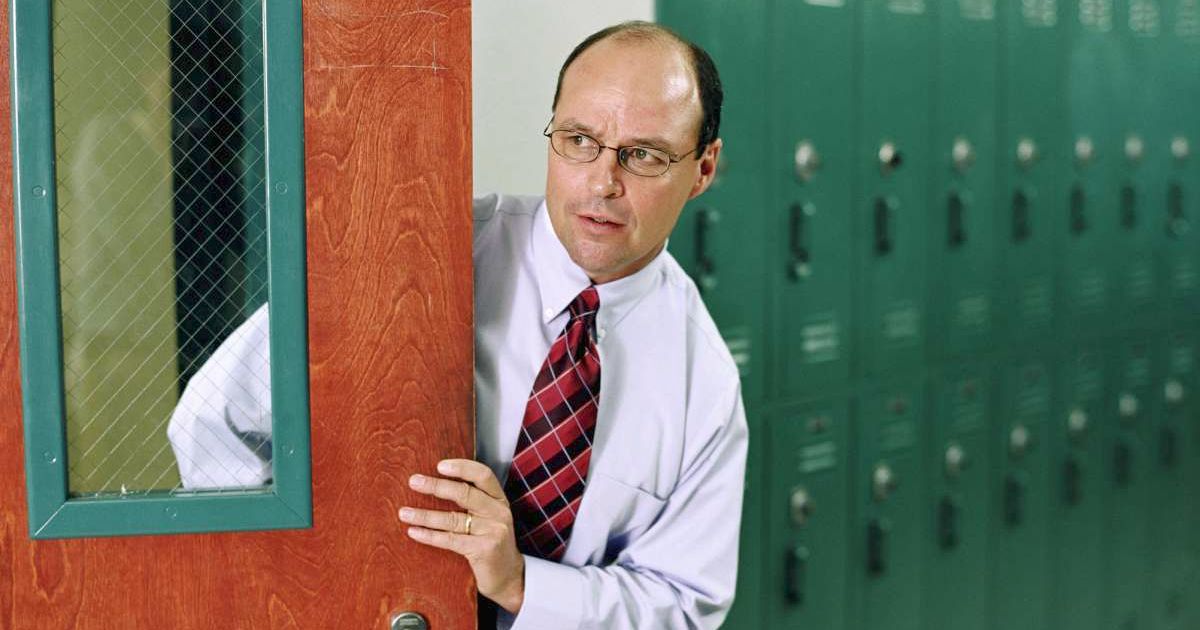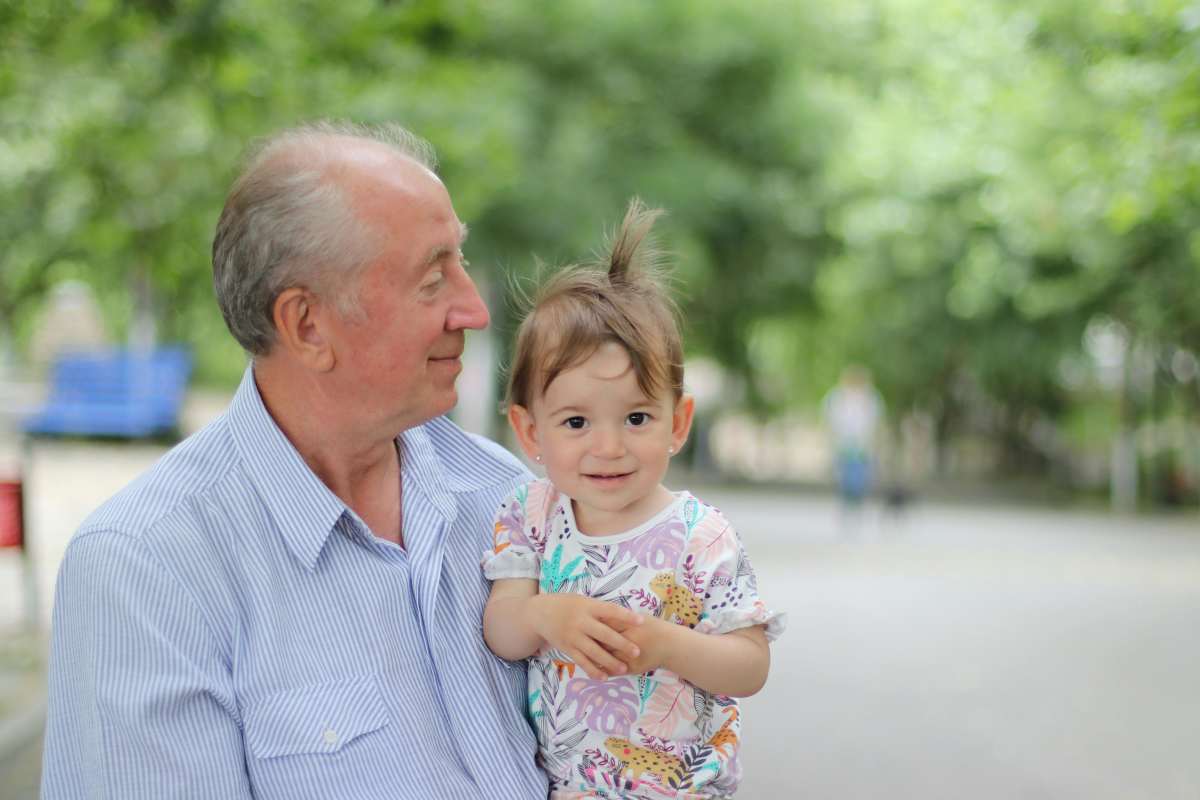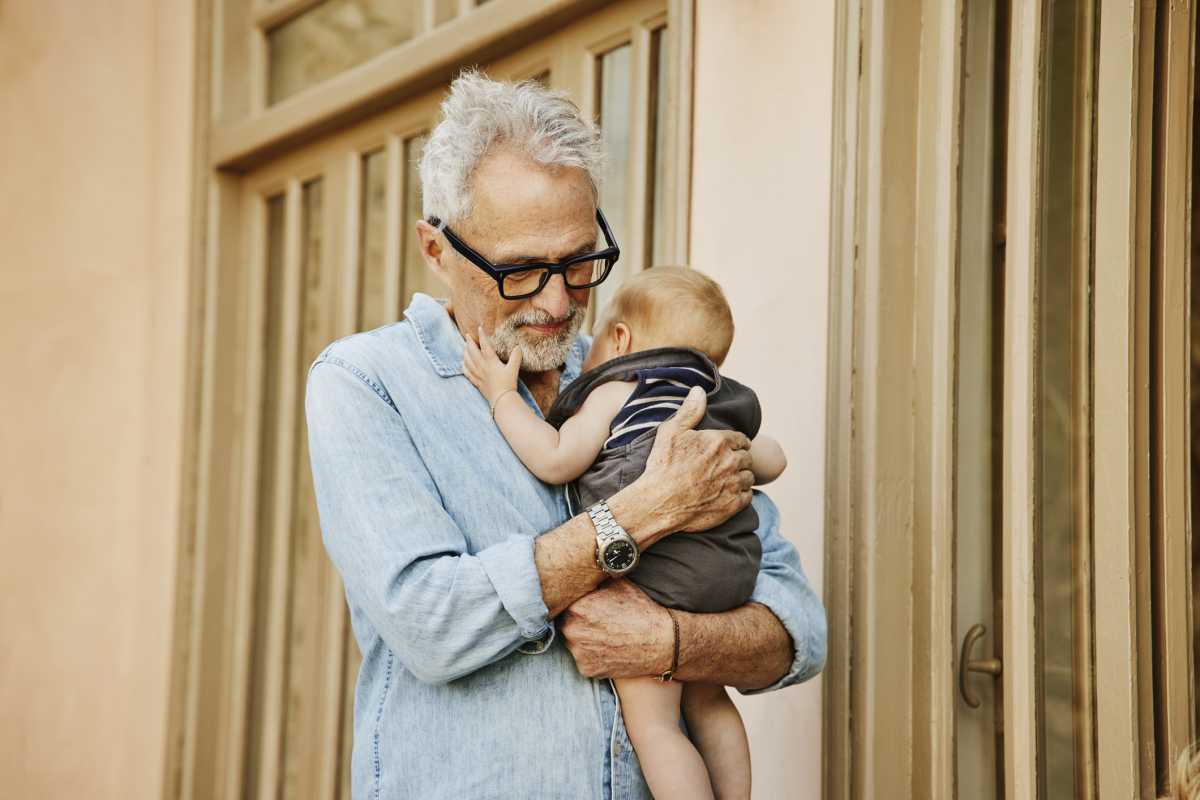His students feared their strict math teacher until they discovered his secret double life
He ran his algebra and calculus classes with a no-nonsense attitude, so when his class learned what he did outside school, they were blown away.

Jim O'Connor was the kind of math teacher students didn't joke around with. Sporting short gray hair, a sharp tone, and a no-nonsense attitude, he ran his algebra and calculus classes at St. Francis High School in La Cañada, California, with military precision. In his CBS News interview, O'Connor said he was never interested in being the fun or easy teacher. According to TODAY, a Vietnam veteran, he expected the same focus and respect from his students that he once gave in service. So when his class learned what he did outside school, they refused to believe it.
For two decades, O'Connor has volunteered several days a week at Children's Hospital Los Angeles as part of the hospital's "TLC Volunteer" program. The title is reserved for a handful of the hospital's 550 volunteers — people trusted to care for babies who are sick, lonely, or waiting to be placed in foster care. It's where O'Connor earned a nickname his students never expected to hear: "The Baby Whisperer." "If you have a class full of 32 teenage boys, you'd better have some discipline. If you don't have control of the class, you don't have a learning environment," O'Connor told TODAY. But at the hospital, that same voice that commands silence in the classroom can calm a crying baby in seconds.

He started volunteering years ago after donating blood through a friend's drive. With Type O negative blood — the kind that can be given to anyone — he returned again and again, eventually becoming one of the hospital's top donors with 72 gallons to his name. During one of those visits, he noticed volunteers comforting children and asked how he could help, too. Now, the man known at school for his strictness spends hours each week holding, feeding, and walking with babies who have no one else to comfort them. "He holds them, feeds them, walks around with them, gets to know them, and he can always coax a smile out of them," said registered nurse Sherry Nolan. "He's just a natural-born cuddler."

At first, O'Connor said he was nervous, afraid of dislodging medical tubes or doing something wrong. But once he started, he realized it came naturally. "They're beautiful; they're just dependent on people. They can do no wrong," he said. He's drawn to the babies who don't get many visitors. Some are waiting for foster placement; others have parents who live far away or can't make it to the hospital often. "The kids who have nobody, those are the ones who obviously need volunteers a lot," O'Connor said. "They just want to be held by somebody," and he is right. That simple act of being held has been shown to make a real difference.

In the 2019 Infant Cuddler Study, researchers evaluated a hospital cuddler program for infants with neonatal abstinence syndrome (a withdrawal phenomenon noted in infants exposed to drugs during pregnancy) and found that babies who received consistent holding and comfort had shorter hospital stays by about 6 days on average. Nurses also reported calmer infants, easier feeding, and better sleep, and the authors noted positive spillover effects for families and staff morale.
Senior Pat McGoldrick told The Los Angeles Times, "Everybody thinks he's being really mean," until they got used to his way of teaching. That changed after McGoldrick visited the hospital for a blood drive and saw his teacher there. "He was like a celebrity. Everybody knew his name," he said. After the CBS News video about him played at the school, students who had never spoken to him before stopped to say hello. He said he doesn't mind the attention if it inspires them to give back, too. "If they've gotten something out of it, that's the main thing. If there are more people wanting to donate blood, wanting to volunteer, then that's great," O'Connor said.
More on Scoop Upworthy
Principal secretly pulling 'night shifts' at Walmart to help poor students: 'I love them dearly'
Teacher shares selfless act of student upon learning that his father-in-law passed away
Students rush to aid former teacher after viral video chronicles her homelessness and struggles
 Share on Facebook
Share on Facebook





